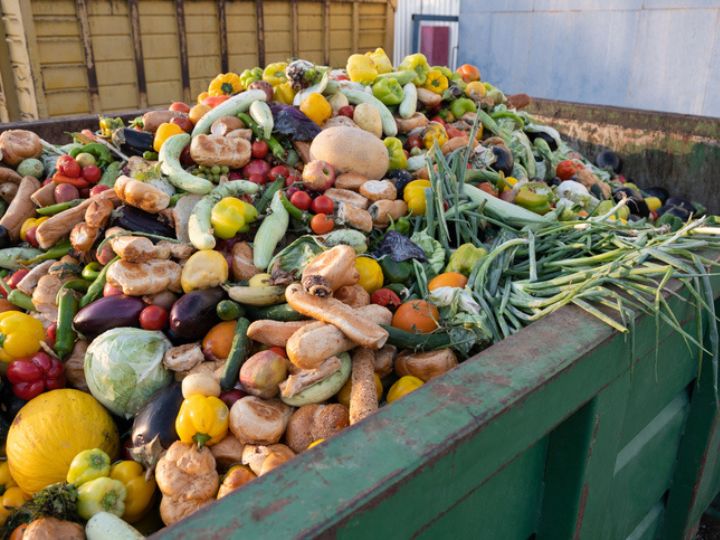

Foodservice companies have long struggled with the challenge of what to do with all of their food waste. But researchers at the University of Houston Conrad N. Hilton College of Global Hospitality Leadership are shedding light on how clean technology can help those companies reduce waste and establish long-term sustainability goals.
In a study published in the Journal of Hospitality & Tourism Research, Tiffany S. Legendre, an associate professor at Hilton College, and her team, interviewed 17 leaders of the country’s largest on-site foodservice providers (e.g., Aramark, Compass and Sodexo), about the role clean technology played in their goal setting and achievement for reducing food waste. Clean technology can range from food procurement and waste tracking software and equipment to digital composting systems.
“These companies are providing institutional food services, dealing with several millions of meals each day,” Legendre said. “You can imagine the magnitude of waste in their operation just because of the volume they handle.”
On-site foodservice companies provide high-volume food management on a large scale in places like schools, hospitals and stadiums across the U.S., and they are responsible for a significant portion of all the country’s food waste. For example, approximately 100,000 schools serve lunches to nearly 30 million students each day, and around 530,000 tons are wasted each year.
And according to the United Nations Environment Program, one-third of all food produced in the world – about 1.3 billion tons – is lost or wasted every year. If food waste was represented as its own country, it would be the third-largest greenhouse gas emitter behind China and the U.S.
In the U.S. alone, more than 130 billion pounds of food goes to waste each year at a cost of over $160 billion. And food accounts for more than 20% of municipal solid waste in the U.S., taking up more space in landfills than anything else.
“Previously, companies couldn’t keep track of how much waste was being produced because the data management wasn’t good,” Legendre said. “Clean technology adoption can make organizational food waste reduction goals more specific and attainable by their ability to measure and quantify what and how much is being wasted.”
But it’s not as simple as just adopting the technologies. Legendre’s team found that engaging employees in the process was a key to its success.
“Clean technology is a double-edged sword as employees can view it as a penalizing mechanism,” Legendre said. “Our study shows in order for companies to achieve sustainability goals, it’s crucial to engage and motivate them to be a part of the action plan.”
Ultimately, the study says managers and employees must work together to achieve sustainability goals, and that managers should communicate clearly, provide training and education and be flexible when implementing clean technology. In doing so, Legendre says, companies can reduce their footprint in the food waste landscape.
“By embracing clean technology and fostering collaboration within their organizations, companies can pave the way towards a more sustainable and efficient future.”